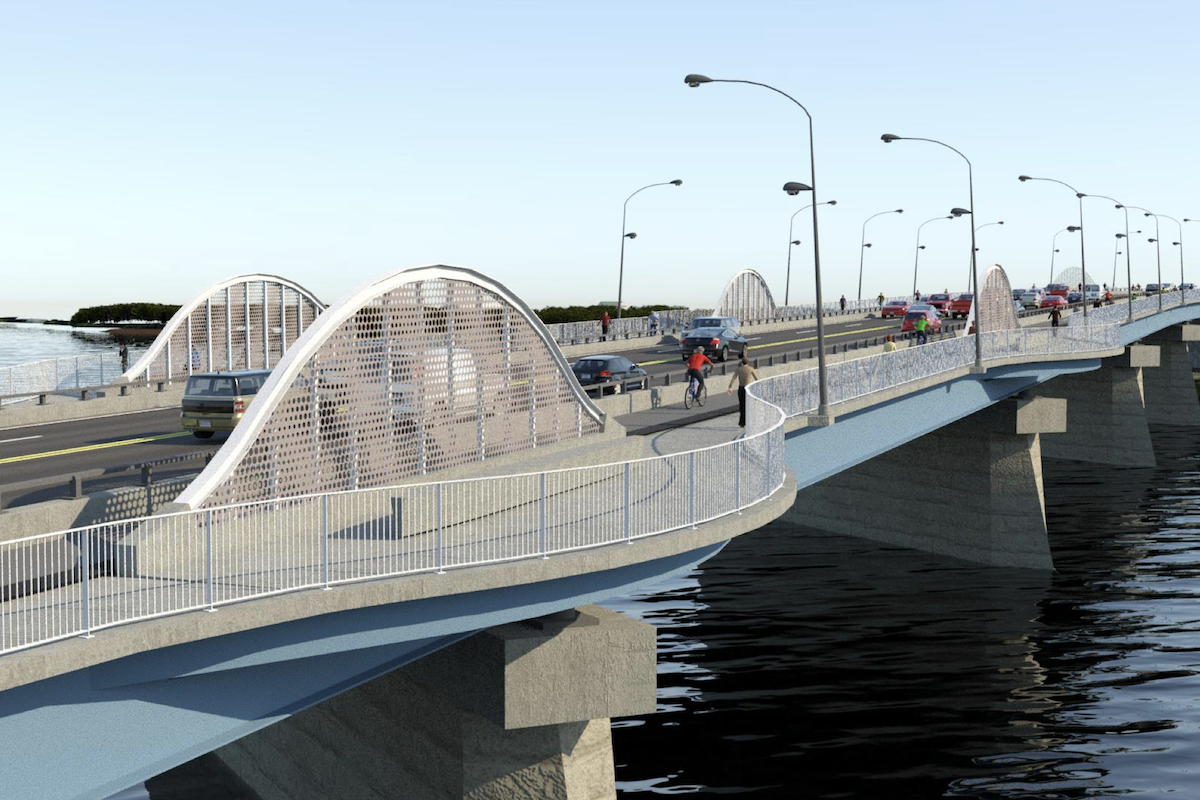The report card details opportunities to transform Vermont’s infrastructure with funding from the Bipartisan Infrastructure Law (BIL) passed in November 2021. Already more than $800 million in projects funded by the BIL have been announced in Vermont. However, the report shows why more long-term funding is needed to maintain and improve the critical infrastructure systems people across Vermont depend on daily as the state moves toward ambitious environmental goals and confronts the effects of climate change on aging systems.
“As we know all too well here in Vermont, there has been endless discussion in Washington, for decades in fact, about the need to rebuild our nation’s crumbling infrastructure,” said Vermont Senator Bernie Sanders. “Infrastructure is the backbone of our communities and our economy. Yet year after year, Washington has underinvested in our aging, essential structures. While Vermont is in better shape than many other states, we still have a long way to go. A ‘C’ grade is not good enough to me, and it is not good enough for Vermont.
"That’s why I fought hard to pass the historic Infrastructure Investment and Jobs Act in our last Congress — the most significant infrastructure bill since the creation of the interstate highway system in the 1950s — and ensure Vermont got its fair share. As a result, I am proud that Vermont is expected to receive at least $2.2 billion — one of the largest infusions of federal funds in our state history. This investment will not just repair our roads and bridges, but will help clean up our drinking water supply, increase access to affordable, reliable internet service, help transition our public transit systems away from fossil fuels, and create many good paying jobs. I look forward to seeing this historic legislation implemented as quickly and as effectively as possible for every Vermonter in every corner of our state.”
“Vermont’s infrastructure is a success story of what happens when leaders prioritize investment and new technology,” said Jessica Clark Louisos, P.E., Chair, 2023 Report Card for Vermont’s Infrastructure. “However, to maintain what we have and improve the grade, infrastructure needs to be a top priority for funding and resources.”

| Your local Volvo Construction Equipment dealer |
|---|
| Tyler Equipment |
The grade for Vermont’s roads remains a C+. Over the last four years, the number of Vermont roads in good condition has dropped from 45 percent to 39 percent, while the number of roads in fair condition grew from 25 percent to 31 percent. Vermont has also seen traffic fatalities double from 44 in 2019 to 89 in 2022.
Funding from the BIL has provided Vermont with an additional $434 million for the Vermont Agency of Transportation’s 2023 budget, a nearly 20 percent increase from 2022.
Wastewater received the lowest grade in the report card with a D+. Only half of Vermont’s population is served by public wastewater systems, while the rest depend on septic systems which can cause public health hazards and water pollution if they fail. In 2021, Vermont spent just $12 million on wastewater infrastructure, compared to $29 million in 2018. Many wastewater systems are more than 100 years old and need extensive repairs.
Nearly all the electrical power generated in Vermont came from renewable sources. However, the state imports nearly three times as much energy as it produces. That leads to some of the highest power rates in the nation for residential users. While the state quadrupled solar generation between 2015 and 2020, the lack of transmission capacity means some of the solar power generated in Vermont cannot be put on the grid and distributed to other areas. Vermont’s comprehensive energy plan has a goal of 25 percent of the state’s energy coming from renewable sources by 2025.
Solid waste systems in Vermont also face challenges moving forward. The average household generates just over 1,300 pounds of waste a year, much higher than the state’s goal of 1,000 pounds per year for 2024. The state is also short of goals when it comes to how much waste is diverted away from landfills or incinerators. As recycling increases and landfill use decreases, solid waste faces new funding challenges because fees are based on the amount of waste disposed.




































































